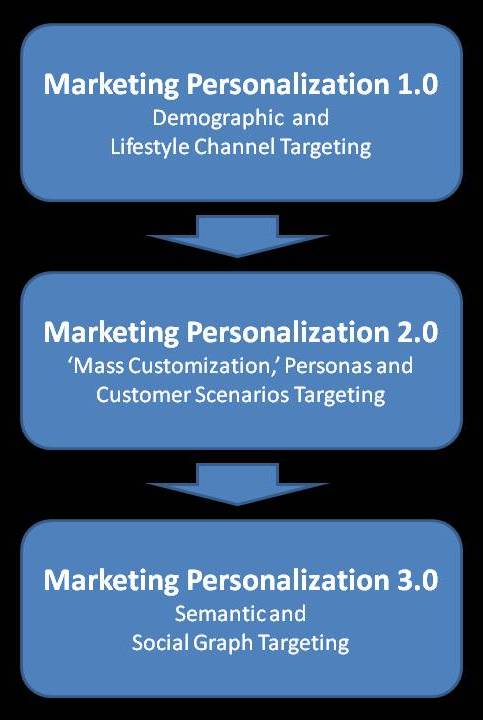Today we are beginning a new ‘semi-frequent’ feature on the Propelling Brands blog. In addition to the regular features and ‘who’s propelling’ profiles of individuals and companies, we will periodically feature Q&As with individuals that are true forward thinkers on brands, marketing, innovation and technology.
Professor Aric Rindfleisch is just such a forward thinker and marketing researcher, who works to fuse insights from the front lines of business and marketing with cutting-edge academic research. In addition to his extensive academic background, he has worked for both ad agency J. Walter Thompson in Japan and marketing research firm Millward Brown. Rindfleisch is currently the Associate Dean for Research & PhD Programs and a Professor of Marketing at the University of Wisconsin-Madison. He teaches graduate-level courses for the Wisconsin School of Business on new product development and marketing strategy; his academic research focuses on understanding inter-organizational relationships, consumption values, and new product development; and he is developing a new blog for the school, titled WisconsInnovation which seeks to bring together the ‘co-created’ insights of both faculty and students on innovation in business.
Rindfleisch has recently authored a groundbreaking paper, titled “Customer Co-creation: A Typology and Research Agenda,” which we are fortunate to be able to share on this blog. His co-author is Matthew S. O’Hern, a lecturer and doctoral student in marketing at Wisconsin. The paper is slated to be published in an upcoming volume of the academic journal Review of Marketing Research. And it is the focus of our Q&A here.
So what does co-creation really mean? What is the impact of co-creation research on businesses, and how can marketers embrace co-creation as a strategy for improving the customer-brand relationship?










